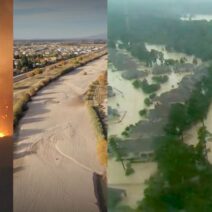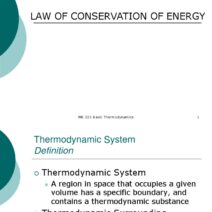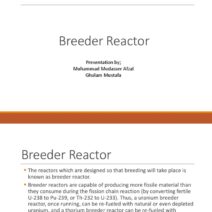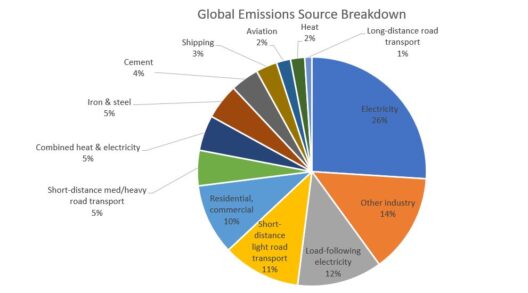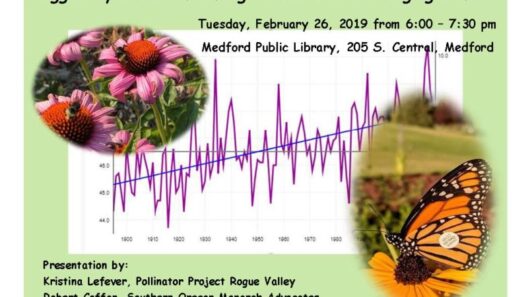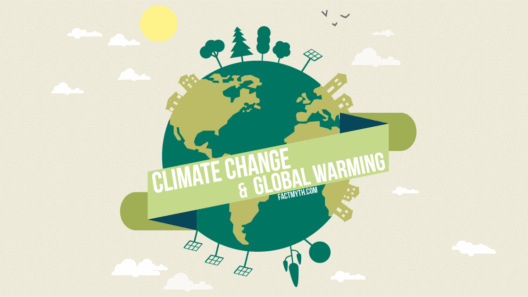Desertification is akin to a creeping tide that slowly and inexorably engulfs the landscape, transforming verdant ecosystems into barren wastelands. It is not just a local malady; it is a global concern, underscored by the menacing specter of climate change. As the Earth warms due to anthropogenic activities, arid lands are reshaped, leading to dire consequences for biodiversity, human livelihoods, and global stability.
At its core, desertification is the process by which fertile land becomes increasingly arid, leading to the loss of its productive capacity. While it can occur naturally, human actions—such as deforestation, overgrazing, and poor agricultural practices—exacerbate this phenomenon. The symptoms of this malady manifest through reduced soil fertility, diminished vegetation cover, and decreased water availability, collectively endangering both ecosystems and the people who depend on them.
One of the intriguing aspects of desertification lies in its connection with climate change. As global temperatures rise, the delicate balance that sustains arid and semi-arid areas becomes skewed. Higher temperatures intensify evaporation rates, leading to diminished water resources. Consequently, plants that once thrived in these regions struggle to survive, and a cascade of ecological decline ensues. This scenario casts the desert as both a victim and an architect of climate change—a ruthless symbiosis that perpetuates the degradation of once-lush landscapes.
The symbolism of desertification is profound. It serves as a visceral reminder of humanity’s relationship with nature—one that is often characterized by exploitation and disregard. As fertile lands transform into deserts, so too do the communities that rely on them face existential threats. The specter of food insecurity looms large as agricultural yields diminish, with millions of people at risk of malnutrition and starvation. This connection between environmental degradation and human health adds urgency to the call for action.
Examining the socio-economic implications of desertification reveals another layer of complexity. Many regions particularly affected by desertification are already grappling with poverty. When productive land is lost, the socio-economic fabric of these communities frays. Migration becomes a desperate survival strategy, as families are forced to abandon ancestral lands in search of better prospects elsewhere. This movement can exacerbate urban overcrowding and increase competition for dwindling resources, further straining already fragile ecosystems and economies.
The interconnections between desertification and biodiversity cannot be overlooked. Unique organisms that have adapted to thrive in arid conditions face extinction as their habitats are obliterated. The loss of flora and fauna not only diminishes ecological diversity but also disrupts essential ecosystem services, such as pollination, soil stabilization, and carbon sequestration. These services, which underpin human existence, are eroded, leaving both the environment and humanity in a precarious state.
As we delve deeper into the implications of desertification, it becomes clear that mitigation strategies must be multifaceted and holistic. Sustainable agricultural practices, such as agroforestry and permaculture, can help restore degraded lands by reintroducing diversity and improving soil health. In addition, the promotion of water conservation techniques, such as rainwater harvesting and efficient irrigation systems, can mitigate the impacts of reduced rainfall and extreme weather events. Each of these initiatives represents a step toward healing the wounds inflicted on the Earth’s surface.
Moreover, the reclamation of deserts is not merely about reversing the damage; it is about re-envisioning our relationship with the environment. A paradigm shift is necessary—one that transforms our perception of arid lands from lifeless expanses to dynamic ecosystems rich with unique characteristics. By viewing these areas through a lens of resilience, we can cultivate innovative strategies that harmonize human activities with nature, allowing both to flourish.
The role of education and community engagement cannot be understated in the fight against desertification. Empowering local communities with knowledge equips them to implement sustainable practices that promote land stewardship. Programs that bring together stakeholders—from policymakers to farmers—foster collaboration and ensure that diverse perspectives are integrated into solutions. This participatory approach creates a sense of ownership and responsibility, galvanizing efforts to combat desertification at the grassroots level.
International cooperation is equally crucial, as desertification knows no borders. Collaborative initiatives, such as the United Nations Convention to Combat Desertification, seek to unify global efforts in combating this threat. Such frameworks emphasize the importance of shared knowledge, resources, and technologies to address the interconnected challenges posed by desertification and climate change. In a world increasingly defined by interconnectedness, collective action becomes a vital tool in the repertoire of environmental advocacy.
As the desert expands, it brings with it an urgent call to reflection and action. Desertification symbolizes the fragility of our ecosystems and highlights the precarious balance that sustains life on Earth. It urges humanity to rectify the errors of the past and engage in sustainable practices that recognize the intrinsic value of every ecosystem, no matter how arid. For in the battle against desertification, the stakes are undeniably profound—the very future of our planet hangs in the balance.
In conclusion, while desertification may loom like a dark cloud over our collective future, it also presents an opportunity for introspection and transformation. The paths forward are numerous but require unwavering commitment and action. By bridging the realms of science, policy, and community engagement, humanity possesses the means to navigate through the troubled waters of desertification and emerge with a renewed appreciation for the world’s arid lands. As stewards of the Earth, it is our responsibility to ensure that the tides of change do not wash away what little remains of ecological balance and human possibility.
